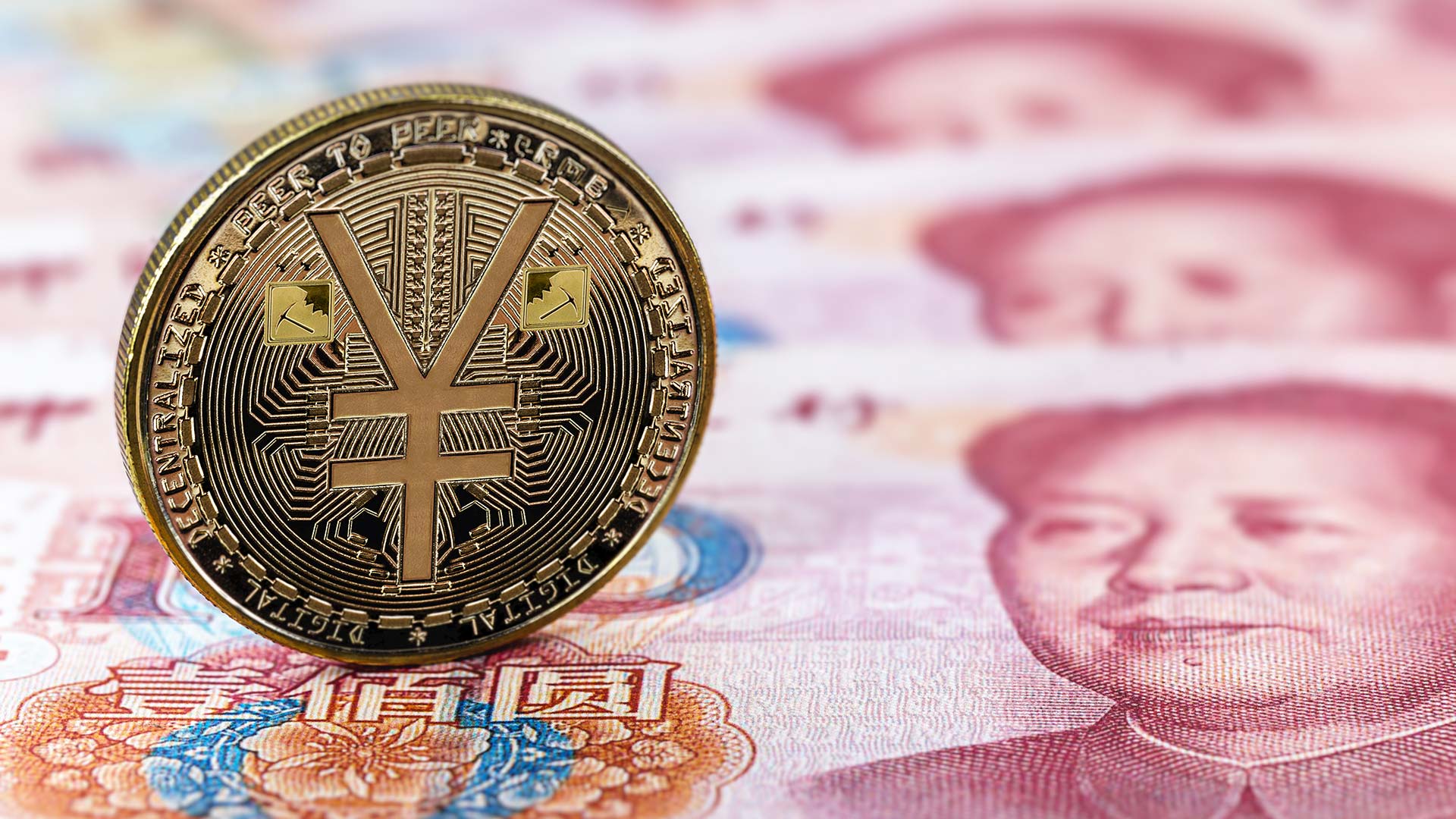The People’s Bank of China is piloting the e-CNY ahead of rolling out the digital currency next year.

China is about to roll out a digital yuan that could ultimately replace physical cash with a digital wallet app for users to store their e-CNY. Successful trials have been run in four cities and a nationwide roll-out is planned early next year at the Beijing Winter Olympics. e-CNY, just like the paper yuan, will serve as legal tender issued by the central bank, circulated to the public via commercial banks. Companies need to ready operational and technological processes to allow for the new payment option that will make payments real time, cut costs, reduce bank dominance and encourage innovation. It could also make the renminbi (RMB) into a more significant trade currency.
More controversially, it gives the Chinese government sight of all transactions with implications for how companies operate. Its programmability enables the government to track and monitor all e-CNY transactions, ending the anonymity of decentralised physical cash or bitcoin.
Benefits
The regulatory regime is still unclear, but e-CNY enthusiasts point to important benefits ahead. Its real-time characteristics could unlock trapped funding in corporates’ payments processes, reduce financing costs and free up corporate liquidity. Expect faster reconciliation of payments, better efficiency and security and more freedom to transact in RMB without opening an account for settlement, says Parvez Aziz, Managing Director and Corporate Sales Head, APAC, at Bank of America. “The e-CNY will enable payments to be made directly between payees and beneficiaries instantaneously, removing intermediaries like correspondent banks and the associated fees and charges. The only necessary middleman would be the central bank.”
Policy
Its programmable characteristics give the government another policy lever to regulate how money flows. Unlike physical cash, e-CNY can have an expiry date that once passed takes the currency out of circulation. “If the economy slows down, the government could boost consumer spending by setting expiry dates [to hasten spending] on the e-CNY,” says Aziz. Elsewhere it could lead to more direct flows to China’s cash-starved SMEs.
Cross border
The e-CNY also heralds changes in the use of the RMB in a cross-border context. It potentially allows China to transfer money across borders and enable users to avoid going through the dollar-based international payment SWIFT system. The RMB is currently restricted under capital controls with access based on a quota system, so new rules would have to be drawn up.
Although the e-CNY is currently only designed for the domestic market, the Chinese government has announced plans to work with G20 and other organisations to develop cross-border settlement of e-CNY. It has joined central banks in Hong Kong, Thailand and the UAE to explore cross-border e-CNY payments through DLT, and in June began piloting e-CNY settlement in Hong Kong. China is facilitating the use of e-CNY in the region and enabling cross-border money transfer, advancing efforts to internationalise the yuan which currently accounts for only 2% of the world’s FX reserves. “Companies should pay close attention to developments outside of China,” advises Aziz.
It holds implications for international banks serving US dollar transactions in some regions. For example, in Hong Kong foreign banks may increasingly adopt the e-CNY over the dollar to serve changing client needs. Beyond Hong Kong, Belt and Road Initiative (BRI), trade flows could be conducted in e-CNY given much of this lending is already in RMB. Looking further ahead, e-CNY could filter into corporate supply chains in line with companies’ digitisation of their logistics operations, suggests Aziz.
The digital currency poses important changes for commercial banks. It means money will move in real time, impacting their liquidity positions. It also promises to open the competition, introducing a payment infrastructure that other market participants will be able to access.
Corporates should prepare by assessing how the digital currency will impact their payments model and client experience, exploring how it will cut across their e-commerce channels and instore payments for customers in China. Treasury needs to establish the necessary hardware and software to start accepting e-CNY, says Aziz. Treasury should access how to leverage the liquidity position and the opportunities unlocked by faster access to cash and join the conversation, staying abreast of all regulatory changes.